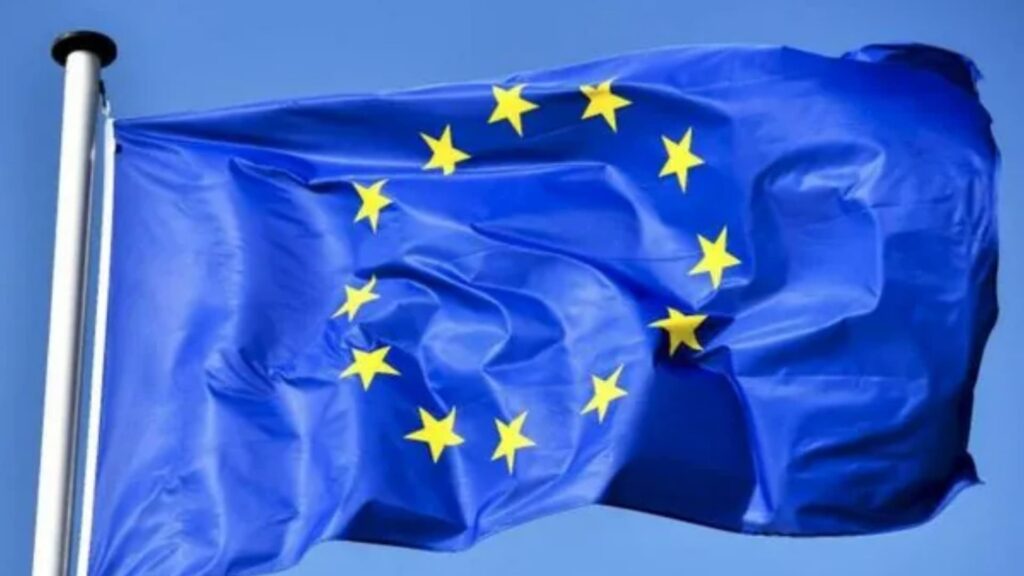On July 10, 2025, Ukraine received an additional €1 billion as part of the Extraordinary Revenue Acceleration (ERA) initiative, supported by the European Union. This amount represents another tranche derived from the profits generated by assets that were frozen in response to the conflict that began in 2022.
The funds are aimed at stabilizing Ukraine’s budget, rebuilding damaged infrastructure, and supporting key sectors such as social services and defense. As Prime Minister Denys Shmyhal emphasized, this financial support is vital to helping the country remain resilient in the face of ongoing challenges: “We are grateful for the continued support and trust. Since the beginning of this year, we have received over $18.5 billion directed toward reconstruction, modernization, and national defense.”
The ERA program, launched in coordination with the G7 countries, provides a mechanism for channeling the income from previously immobilized foreign assets into Ukraine’s recovery efforts. Since the beginning of 2025, Ukraine has received a total of €7 billion through this initiative, including the latest disbursement. These funds are being used in priority areas such as housing reconstruction, energy infrastructure, transportation networks, and the procurement of essential equipment.
More than $300 billion in frozen sovereign reserves—most of which are held in European financial institutions—are now generating tangible financial returns even before any final legal resolutions. A substantial portion of these assets is held in Euroclear, one of Europe’s largest securities depositories. Since July 2024, the earnings from these funds have been used to service a $50 billion intergovernmental loan package for Ukraine, with around $20 billion coming from EU partners.
The first tranche under this scheme, worth €1.5 billion, was transferred a year ago. Since then, the payments have become regular, allowing Ukrainian authorities to plan their budget more reliably amid continuing instability.
This innovative approach—reallocating financial resources that once belonged to a state responsible for initiating the conflict—has set a precedent in international practice. It demonstrates how international law and financial mechanisms can be employed not only as instruments of pressure, but also as active tools for recovery and regional security.



